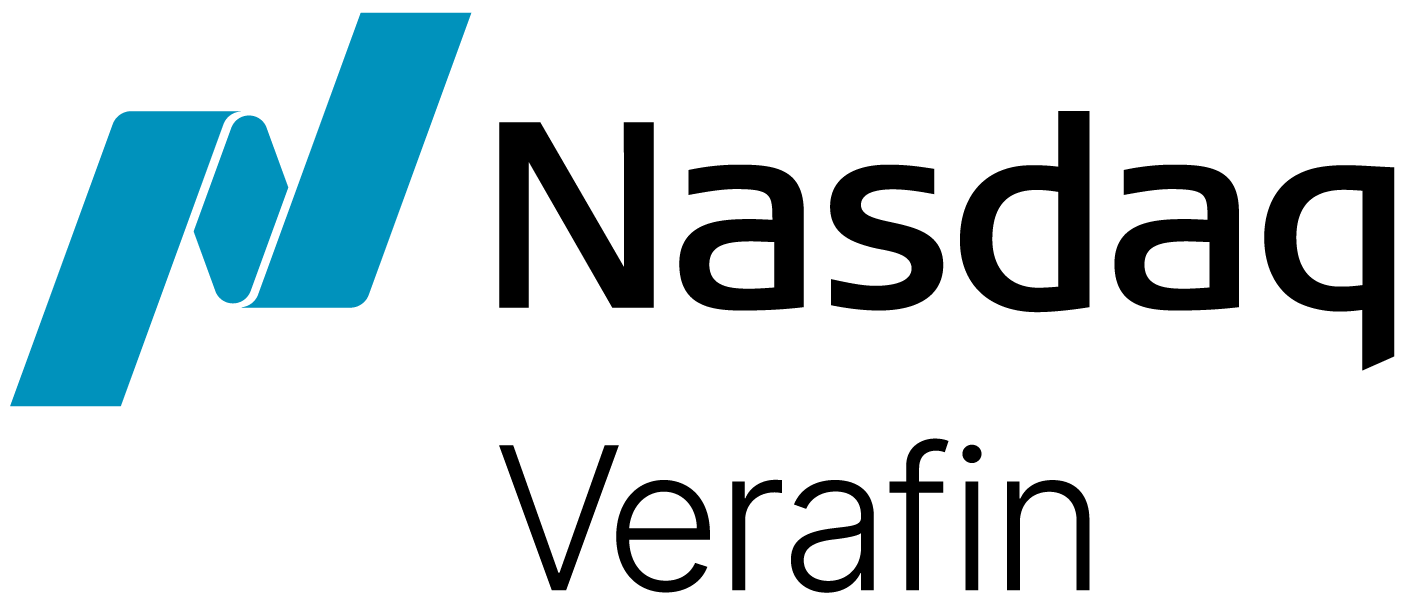Over the past 25 years, I’ve had the privilege of witnessing the evolution of financial crime investigations from the inside. From the early days of manual transaction reviews and siloed data systems to today’s platforms powered by artificial intelligence, the journey has taught me the ins and outs of financial crime management and given me deep insight into how we can — and must — continue to evolve in this space.
Artificial Intelligence (AI) has long been a buzzword in financial services, but only recently have we begun to see its fully mainstream use in the fight against financial crime. According to Nasdaq Verafin’s Global Financial Crime Report, 70% of financial institutions expect to increase their investment in AI and machine learning within the next two years. By 2026, the use of AI tools in anti-fraud programs is projected to triple.
At Nasdaq Verafin, we’ve been harnessing the power of artificial intelligence for over 20 years. But what we’re seeing now — especially with the rise of Generative and Agentic AI — is a true inflection point. The future we once imagined is here.
From Manual Grind to AI Copilots
When I first entered the world of anti-money laundering (AML) and countering the financing of terrorism (CFT) as a BSA Officer, Enhanced Due Diligence (EDD) investigations were painstakingly manual. Analysts spent hours — sometimes days — piecing together information from disparate systems, manually compiling reports and chasing down leads. Advances in technology such as robotic process automation (RPA) made some small strides toward efficiency, but until recently not much has impacted the time spent on these investigations. We have dreamed of a day when technology could shoulder some of the burden.
That day has arrived.
In 2024, Nasdaq Verafin launched the Entity Research Copilot, a groundbreaking tool that uses Generative AI to streamline investigations. It consolidates data from multiple sources, compiles it into a coherent narrative and provides investigators with a clear, source-backed summary. No more toggling between systems or manually stitching together information. The efficiency gains are remarkable — and this is only the beginning.
Agentic AI Workflows: A Turning Point in Innovation
For years, we speculated about what might be possible but, despite the claims of innumerable technology firms, I saw very little in the way of tangible artificial intelligence in the financial crime space. Today, we are witnessing a turning point in which many of our aspirations for investigative efficiency are becoming reality.
The emergence of Agentic AI — artificial intelligence that can make autonomous decisions based on complex inputs — is pushing the boundaries further than ever before. These systems don’t just assist investigators; they act as intelligent agents capable of executing entire workflows. From reviewing low-risk alerts to handling routine EDD reviews, AI agentic workflows are transforming the efficiency of financial crime investigations teams.
Agentic AI is the most advanced stage of artificial intelligence we’ve seen to date. It incorporates chain-of-thought reasoning, analyzing data and breaking down complex problems into logical steps without continuous human oversight. Not only does it help analysts to focus on high-risk, high-impact cases — it also explains its rationale along the way, ensuring consistency, accuracy and auditability.
The resulting documentation has every appearance of being created by a seasoned analyst. No more human error from copying and pasting between systems. No more inconsistent documentation. Just clean, complete and compliant case files available for any third-party auditor or examiner to review. With Quality Control (QC) and human oversight contributing to this machine learning feedback loop, the results only get better over time.
And the possibilities don’t end there.
By integrating consortium data into these AI systems, we can enhance automated decision-making even further. Imagine an Agentic AI workflow that not only reviews a transaction but also evaluates counterparties across a network of institutions, identifying hidden risks and patterns that no single analyst — or even institution — could detect alone.
This is the future of financial crime investigations: intelligent, interconnected and incredibly efficient.
The Future Is Here — What Comes Next?
Artificial intelligence is evolving at a staggering pace, and its implications for financial crime management are profound. I’ve seen the industry struggle with inefficiencies, data silos and resource constraints. I’ve also seen it rise to meet those challenges with innovation and resilience.
With the advent of Agentic AI and the continued evolution of Generative AI copilots, we are entering a new era — one where manual processes are minimized, low-value alerts are handled autonomously and investigators can focus their time and expertise where it matters most.
The question now is not if we should embrace these powerful tools, but how far we can take them. What once seemed impossible is now our reality. So, what can we imagine next?
The future of anti-financial crime investigations is not just about keeping up — it’s about leaping forward. And with the right tools, the right data and the right vision, we’re ready to do just that.
Learn more about how artificial intelligence can enhance your financial crime investigations in our infographic, Artificial Intelligence: Outsmarting Financial Crime.
About the Author:
CHUCK TAYLOR
CAMS, CAFP, AML Strategic Advisor, Nasdaq Verafin
Chuck serves as the subject matter expert on AML regulations, industry trends, and best practices for financial crime prevention for Nasdaq Verafin. His role involves providing strategic insights to enhance the company’s financial crime solutions and assisting clients in navigating complex compliance requirements.
Prior to joining Nasdaq Verafin, Chuck served as Executive VP, Head of Financial Crimes Advisory (FCA) at AML RightSource. The FCA Practice at AML RightSource is a full-service advisory consultancy providing BSA Program support for all types of covered financial institutions.
Prior to Joining AML RightSource, Chuck was SVP and BSA Officer for City National Bank (CNB) a subsidiary of Royal Bank of Canada (RBC). Chuck had oversight responsibility for all aspects of the BSA function including maintenance of the Bank’s BSA program, BSA Risk Assessment, AML Transaction Monitoring, Currency and Suspicious Activity Reporting, Customer Identification Program, Sanctions filtering and BSA Training.



